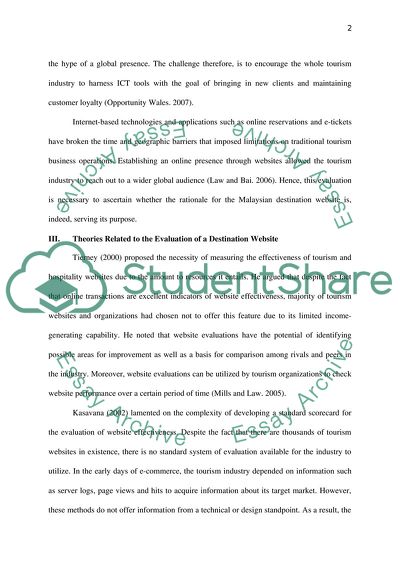Cite this document
(Website Evaluation Essay Example | Topics and Well Written Essays - 3000 words, n.d.)
Website Evaluation Essay Example | Topics and Well Written Essays - 3000 words. https://studentshare.org/technology/1714290-an-evaluation-of-a-destination-website-wwwkualalumpurgovmy
Website Evaluation Essay Example | Topics and Well Written Essays - 3000 words. https://studentshare.org/technology/1714290-an-evaluation-of-a-destination-website-wwwkualalumpurgovmy
(Website Evaluation Essay Example | Topics and Well Written Essays - 3000 Words)
Website Evaluation Essay Example | Topics and Well Written Essays - 3000 Words. https://studentshare.org/technology/1714290-an-evaluation-of-a-destination-website-wwwkualalumpurgovmy.
Website Evaluation Essay Example | Topics and Well Written Essays - 3000 Words. https://studentshare.org/technology/1714290-an-evaluation-of-a-destination-website-wwwkualalumpurgovmy.
“Website Evaluation Essay Example | Topics and Well Written Essays - 3000 Words”. https://studentshare.org/technology/1714290-an-evaluation-of-a-destination-website-wwwkualalumpurgovmy.


